The trees sway to the tropical breeze that has reached us, coming off the weather system in the gulf. It brings a welcome coolness, unusual for July, and relief from the mosquitoes that would be swarming us on the porch of our camp at Flowers Landing. As the light rain turns from drizzle to a constant peppering on the tin roof, we can still hear the redbirds and wrens calling from some rocking limb, oblivious to the rain or the wind. It’s Sunday, the Lord’s Day, and we’ve stopped here to rest on our way home from a long day’s drive, hoping to ride out the storm that is on the way. It’s the kind of storm that moves in gradually, as the bands of rain from the tropical depression down south spread across our part of the state. As a child, I remember more violent thunderstorms of the summer, brought on by the intense heat, that always caught us by surprise and seemed uncomfortably close to our beds, as we tried to sleep in a room cooled by a large fan mounted in an open window.
It was on such a night that I had the most meaningful experience of my life when I was eleven years old. Even though my parents did not attend, my daddy was a member of the church that was directly across the road from our house since he was young. As children, we attended summer Bible School, and later Sunday School and youth activities without our parents, in response to our grandmother’s urging. The church held revival weeks in the summer, when a traveling evangelist preached fiery sermons about hell for consecutive nights, lamenting the perils of the lost. The sermon would always end with an altar call, pleading for those present to come forth and declare their salvation. I was much too shy to go forward after the loud rantings of the sweat drenched preacher, even though I felt that God was speaking to me.
We had walked across the road from church, and I went to bed as usual, but was awakened in the middle of the night by a sudden thunderstorm, flashing lightning, and hammering the tin roof of our house with a downpour through the booming thunder. I lay there in the bed, and prayed “Jesus, I surrender my life to you and from this day, I will live for you. Please protect me from this storm.” I remember feeling a great sense of relief and comfort as the storm subsided, knowing that my prayer had been received. I was baptized later in life, but I mark that day as the day of my salvation. I believe that my decision was not the result of a fire and brimstone sermon, but a product of the prayers my grandmother prayed over every member of her family through the years, including me.
By the summer of 1935, Etta Mae had become acquainted with women living in the community around Flowers Landing. They shared their gardens with each other, loaned a cup of sugar, eggs, or other staples when needed, and participated in community wash days, pooling their resources of soap, tubs and clean pump water, to do laundry. Some of them were Christian, like her, raised Methodist, and others from varied church backgrounds, but there was no church in the community. She had also made connections with people in Newellton and inquired about preachers who may come to Flowers Landing, with a driving desire to worship the Lord and keep her family in The Word, while bringing others into the fold.
According to Jeanette Colvin, a local historian, and author of “History of Flowers Landing Baptist Church and Surrounding Area” in 1980, Tensas Parish developed from the plantation system of the 1800s. Rich landowners from Mississippi established plantations in the fertile floodplain of the Mississippi River. They moved hundreds of slaves to the area, but traveled back across the river for church and social activities, leaving the slaves to live on the farms. So naturally, the African-American churches were established first, many of them Baptist, and numbered many more than the Anglo-American churches in the 1930s and 1940s.
There is no written history of Baptist work in the area prior to 1920, but there is evidence of an African-American church being established as early as 1869. She interviewed John Brooks, who was eighty years old at the time, who remembered attending Shackleford Church when he was a child in 1906, and stated that it was an old church then. Eddie Lee Guice, a deacon at Martin Chapel on Tensas Bluff stated that his church was over 100 years old. These churches may have been organized by white Baptist missionaries from Mississippi who came to Tensas parish in the 1800s to establish churches among the people living here, but were powered by African American preachers who chanted the word and who were skilled in performing sermons with no written text. (Joyce Marie Jackson)
The churches in the area were totally separate at that time, and as Joyce Marie Jackson states in her 1997 article for the book published by the Festival of American Folklife, basically remain so today, even though they both adapted similar religious traditions. “Yet, though some congregations are now integrated, especially the Full Gospel churches, religious life in the South continues to be divided along racial lines. The assertion that 11:00 a.m. on Sunday morning is the most segregated hour in American society is probably as valid today as it ever was. However, the segregated nature of Southern religion is one that African Americans and other ethnic groups chose, in order to worship not only with a sense of dignity and independence but also in their own style.” Folk preachers in the South have contributed to a more informal image of the clergy as Joyce Marie Jackson states. “In fact, the clerical profession in general has not been the same since the spiritual services took to the brush arbors and camp meetings.“
Jeanette states that families of white share-croppers and others living along Tensas River, like her family, “lived, were married, raised their children and buried their dead, all without the existence of even one church in our community. On one occasion that my father told me about, there was no preacher available for a funeral, so they just got a ‘religious’ man out of the community to say a few words over the body. “
There were churches in town, like the Union Church in Newellton, but lack of transportation and poor roads made the trip impossible for most rural families. Churches were being started in other communities, and Baptist missionaries began to work in the parish in the 1930s. By 1935 Newellton Baptist Church was established using the school as a meeting place, along with Bethany Baptist church in a rural area west of town. Apostolic or Pentecostal preachers were preaching in the Tensas Bluff area, holding outdoor brush arbor services, once or twice a week, weather permitting. Jeanette’s family lived at Tensas Bluff, ten miles down the river from Flowers Landing, and her mother told her that they would sometimes attend the Martin Chapel on Tensas Bluff, and sit on the back pews out of respect. (Jeanette Colvin)
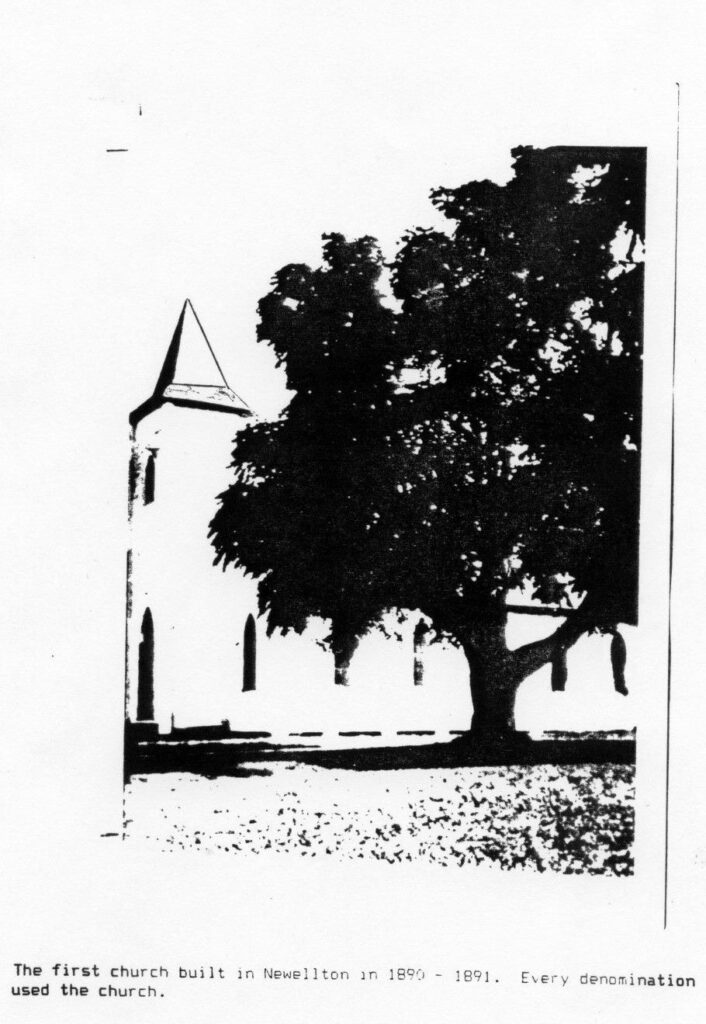

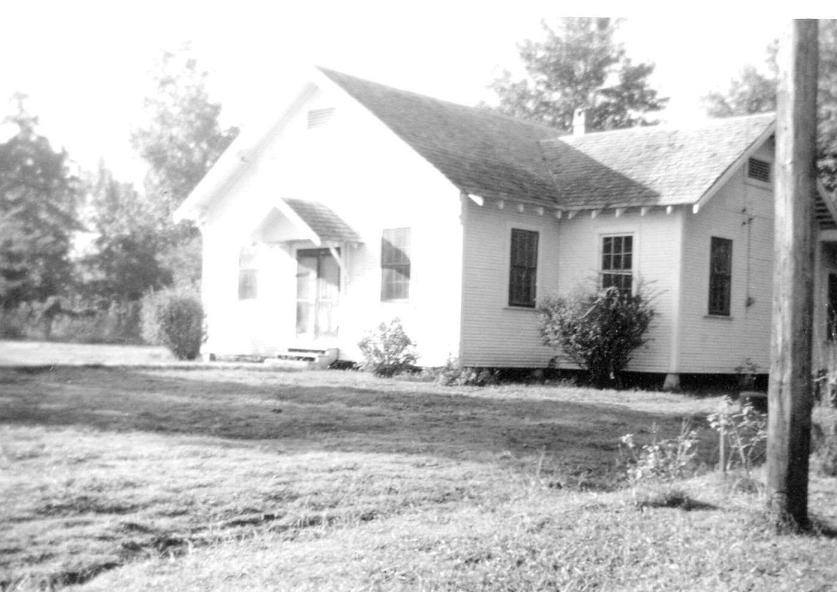
Bethany Baptist Church 1940s
By spring of 1938, Etta Mae and Jim had started having church services in their yard. Extra food such as fried chicken and biscuits, cornbread, and cakes and desserts were cooked on Saturday so the family could rest and share their meal on Sunday. When the weather was nice, Etta Mae asked a varied number of preachers from the area to preach from the front porch, inviting the families living nearby to come for church. Under her watchful eye, the family would dress in their best and be ready when the preacher arrived. As long as the pastor was preaching the Bible, it did not matter to her what their particular religion was. Glen states, “They always stopped work Saturday at noon. You had Saturday afternoon and Sunday. They respected the Lord’s day. Mother got preachers to come out there and preach. The preacher would stand on the porch and Daddy had cut stumps and laid sawn boards on them to make benches in the yard and other families would come for church. It didn’t matter what kind of preacher we had….holiness preachers (Apostolic or Pentecostal), Baptist preachers, any preacher that would come to the area.” She played the piano and helped lead the singing, using her shape note hymnal which she had learned from when she was a girl. I thumb through my old hymnal like hers and see favorites like “Holy, Holy, Holy“, “Amazing Grace“, “Washed in the Blood“, “Standing On The Promises“, and “Sweet By and By“, songs that are still sung today in my church, although the words are projected on the wall. (The Modern Hymnal, 1926)
In August and September 1938, week-long revival meetings were preached by Baptist missionaries, led by Brother A.C. Holt who played a folding organ, with an average attendance of 30 people per night, showing a growing interest in organizing a church at Flowers Landing. Some of these services were under a brush arbor, a shelter constructed of poles with a palmetto roof. Carrie Mae, and Jimmy were listed as those who came forward on profession of faith to be baptized, along with Etta Mae, Oliver, Nita, and her husband Johnny White. Their membership was listed with the Newellton First Baptist Church, along with others who joined. In summer, baptisms were conducted in the river near the landing.
During this revival, Brother Holt and his wife visited with Jim and Etta Mae, sharing his vision of a Baptist church being established at Flowers Landing. Even though they had both been raised Methodist, Jim and Etta Mae knelt in prayer with Brother Holt and his wife, promising to help establish a Baptist church there, provided it was God’s will. Later, Etta Mae was baptized, becoming a Baptist, but Jim remained Methodist and did not take part in services as much as she did. For the next three years the church met on and off, and with some improvements to the roads, a school bus from Newellton Baptist Church would offer transportation into Newellton, or Oliver would drive the family flat-bed truck, giving people rides into town for church.(Jeanette Colvin)

The people of Flowers Landing began to use a small shotgun house on the Willhite farm near the landing as a mission of the church at Newellton. It sat on the site where our camp is now located, a fact that adds to my affection for the spot. Jim donated use of the house for as long as the church needed it. According to Glen, “There was a Baptist missionary, Brother Murray, would come there. He’d preach somewhere else Sunday morning and then come there about 1:00. He’d chew gum and stick it behind his ear.” Here the church could meet more often, in any kind of weather, and it flourished.
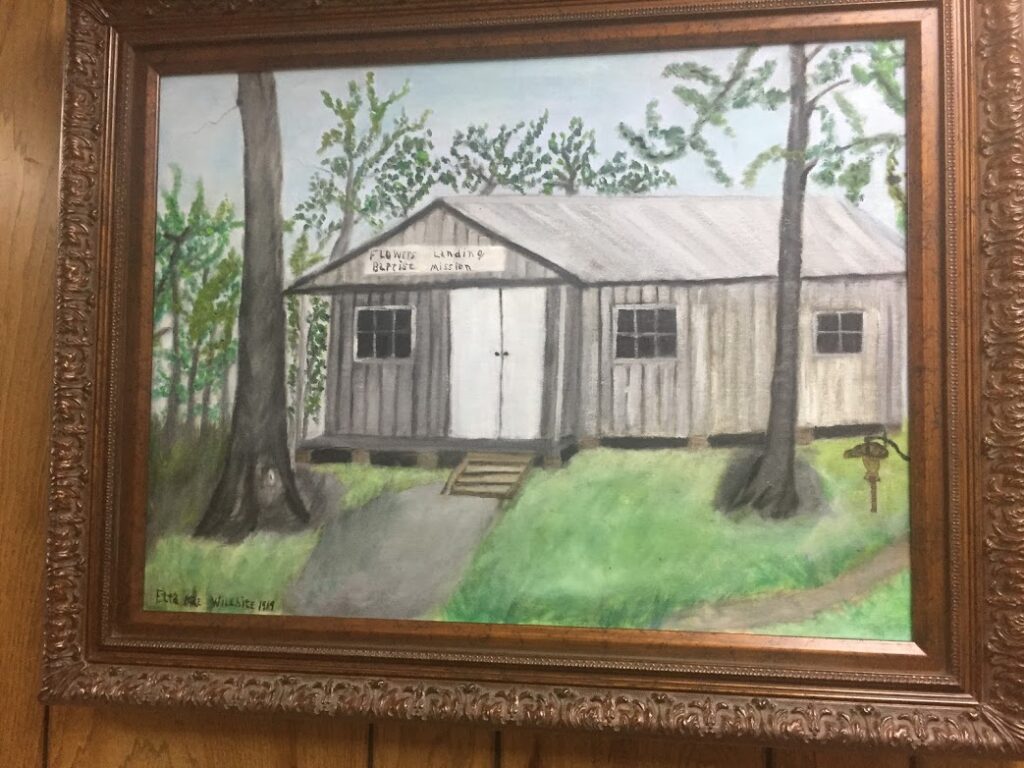
By January 1945, Flowers Landing Mission was officially established with Sunday School materials furnished by First Baptist Church at Newellton. Area Baptist pastors, including Brother A.N. Murray, as well as, a lay minister, Mr. John Arnold from Bethany Baptist Church, held services at the mission. Baptists from all around the area were praying for the Flowers Landing church to be established, and the church began to grow, with families like the Mr. and Mrs. David Humphries and their sons from Somerset, and Mr. and Mrs. J.Y. Head who had a farm across the river from the landing, along with others in the area. When the small house could no longer hold the group, a new church was planned, but first they needed a place and a pastor. The decision to build the parsonage first made sense, since it could also be used for services. (Jeanette Colvin)
Jim donated an acre of land up the road from the landing and the church began to raise money to build a parsonage. J.Y. Head cleared the land and Jim donated the foundation timbers. The state Women’s Missionary Union (WMU) donated $300 that was used to hire Myron Hart, Etta Mae’s brother who was a carpenter, to be in charge of the building, aided by men in the community. Others donated time, equipment, and lumber, including 3,000 feet of pine donated by Mr. Hermie Buckles, a deacon from Natchez. Other materials and supplies were purchased on credit from the Newellton Elevator Co. By June 1947 the parsonage was finished and the church met to officially organize as Flowers Landing Baptist Church, Calling Reverend H.M. Roach as pastor, Mrs. J.Y. Head as church clerk, and Mrs. J.M. Willhite(Etta Mae), as treasurer. The service ended with the Baptism of ten new members in the Tensas River at Flowers Landing. (Jeanette Colvin)
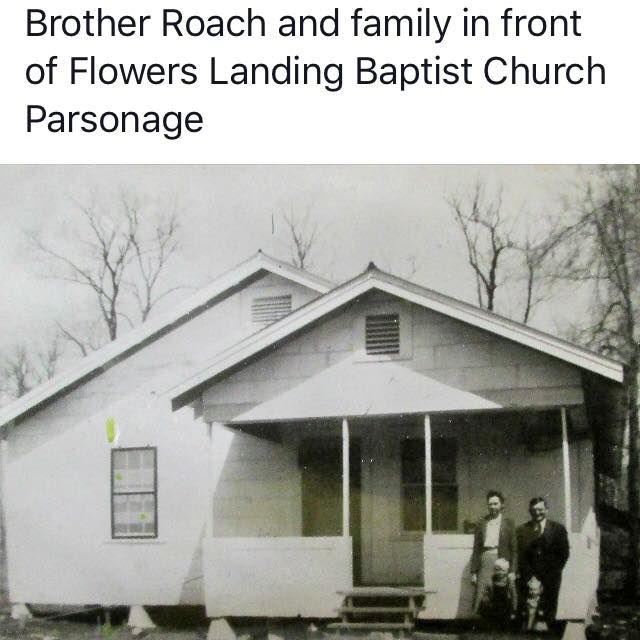
The parsonage had four rooms, a bathroom, an outhouse and large rainwater collection vat and was where the church met for a time. The windows were opened for people to stand outside to hear the sermon and the singing when there was no more room inside. Families from as far away as Madison Parish and Somerset attended, some becoming prominent in the church in later years. Donations were taken and the church held fundraisers to contribute to the building fund for a church building, as well as, to support the pastor and his family. (The Tensas Gazette) While money was being raised to build a church, a large circus tent was purchased and set up near the parsonage, using rough lumber for supports and flooring, and an oil drum for a heater. The church met in the tent for two years before the new building was complete, allowing Brother Roach and his family to move into the parsonage.

In 1949, the first Flowers Landing Baptist church structure was a sprawling white building with asbestos shingles covering the outside, and a green shingle roof. Its sanctuary had a high ceiling and green and white linoleum tile on the floor. A kitchen and dining area, and a hall of small rooms on the back where Sunday school classes met were added later, including bathrooms. It had no steeple, much like other country churches in the south, and was not built as well as it should have been. “They didn’t know how to build a foundation in that black land. They dug down and made a chain wall around the edges and built the church on that. Then they poured the floor as a floating slab. The chain wall ended up breaking up about every eight feet and right down the middle of the church there was a big crack“, according to Glen. Wide windows along each side of the sanctuary served as a source of air in the summer, and large space heaters were placed in the front and back of the pews for heat.
The original building was still there in the 1960s and was located directly across the road from our house. As children, we’d sometimes find the metal hoops that my daddy used for his nets, and climbing up to the roof of our shop, roll them off toward the church yard to see how far they would go. After retrieving the hoops, my brother and sisters and I would then go inside the church during the summer, marveling at how cool it felt compared to our house, and sometimes lie down on the cracked tile floor to rest from the intense summer heat. The building smelled of old hymnals, wooden pews, and furniture polish, and was the most peaceful place in our world at the time. There was a communion table in front with the words, “This Do In Remembrance of Me”, carved in the wood along its edges. It sat in front of a simple podium and held a large opened Bible on an easel stand. We’d run our hands across the words carved in the wood and take turns trying to play the piano and sing, although none of us knew how.
In February 1975, the old building was replaced by a more modern brick church with a steeple and a beautiful stained-glass window over the baptistery behind the altar. The carved table and large opened Bible are placed in front of the podium as before, and new pews are complete with comfortable padded seats. Because of sacrificial giving by the church members, a note burning ceremony in December 1976 marked the debt paid in full in two years. Along with the J.Y. Heads and the David Humphries, some of the families that have helped grow and build Flowers Landing Baptist church over the years include, the Colvins, Godfreys, Coopers, Grissoms, McCartys, Ransbottoms, Vinsons, Wilkins, Campbells, Wallaces, Hisaws, Merritts, Kellys, Williams, and Roberts. Many pastors contributed to the growth of Flowers Landing Baptist Church over the years, but the most memorable to me was Brother Don Thornton. Although he was a full time teacher and coach at Newellton High school, he graciously filled in when the church was without a pastor in 1959 and 1960, and recruited boys from the community to help paint the interior. He and his wife, Bea, were married in the church during this time. Later, in 1965, Brother Don was again called to pastor the church, serving for twelve years, marrying my husband and me in 1976. (Jeanette Colvin)
On the wall in the entry of the church are paintings done by Etta Mae in the late 1960s and 1970s, depicting the shotgun house near the river, the large circus tent, the white building with the green roof, and the brick church that is there now. She attended church and played the piano in every building, using her shape note hymnal, even though newer hymnals were used by the congregation. Once when she was playing, she found the page in her shape note hymnal missing for the particular hymn announced by the preacher, and peeking her head around the upright piano, she announced, ” We’ll have to play another song, I don’t have that one!” Jeanette Colvin tells about her watching from her house by the landing for the lights to go on at the old church in the winter before she started there for night services, hoping that the heaters were lit. The new church was the site of her funeral in 1995, and my husband and I were married there in 1976, but the old white church building will always live in my memory as Flowers Landing Baptist Church.
“For where two or three gather in my name, there am I with them.”
Matthew 18:20
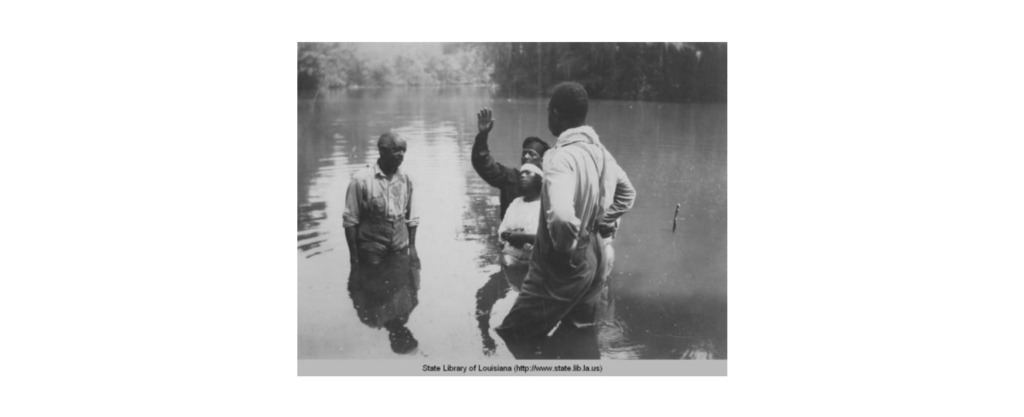
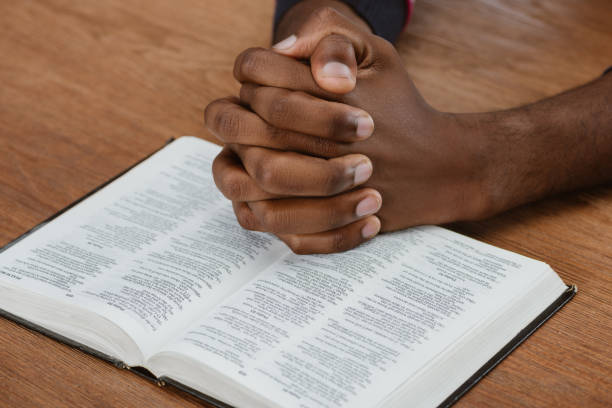
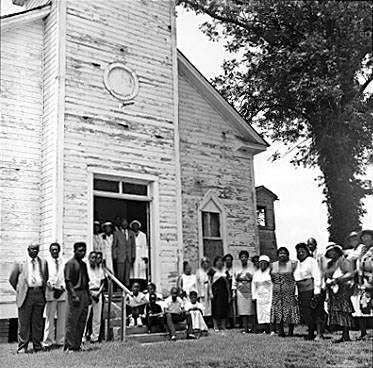
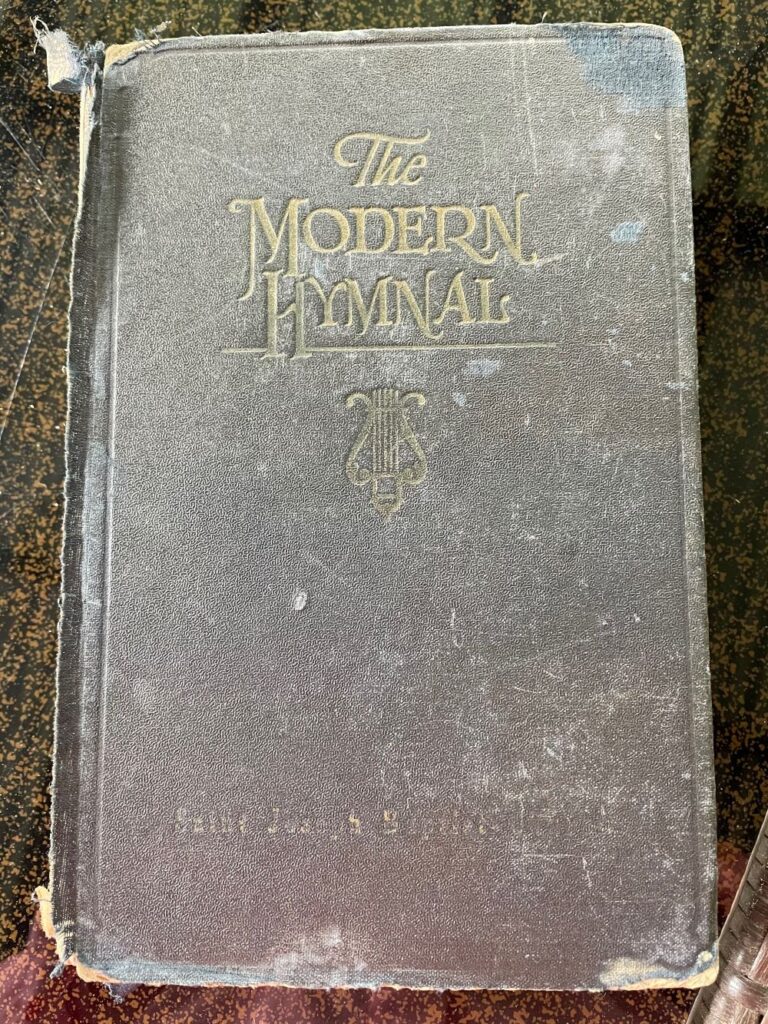
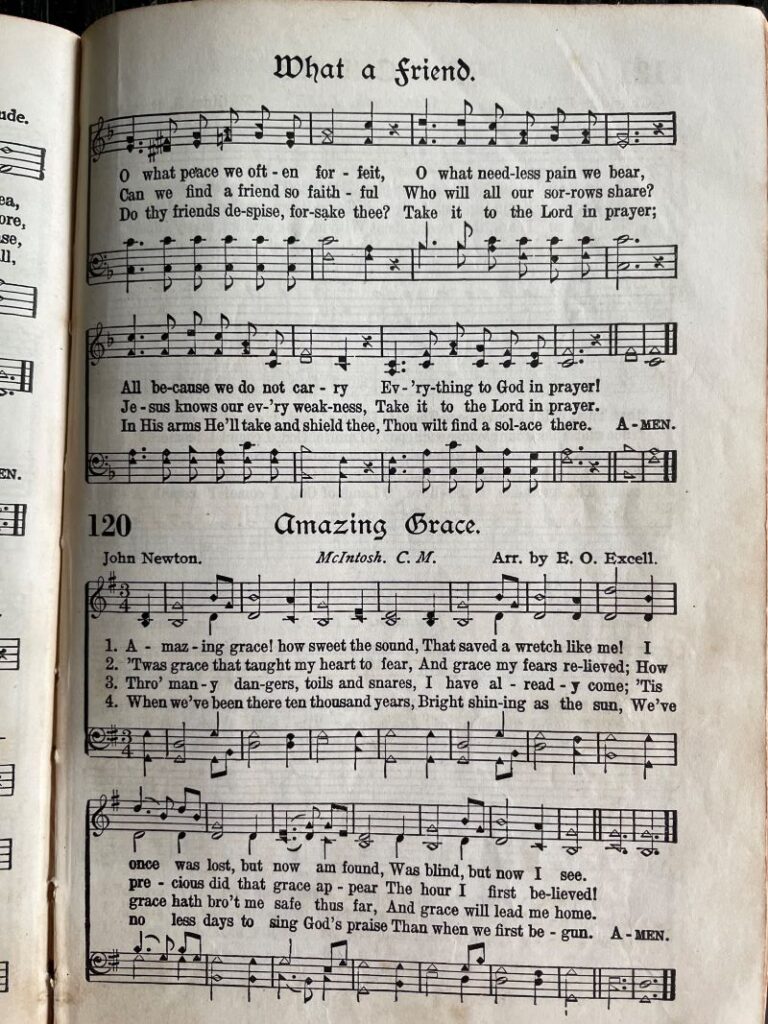
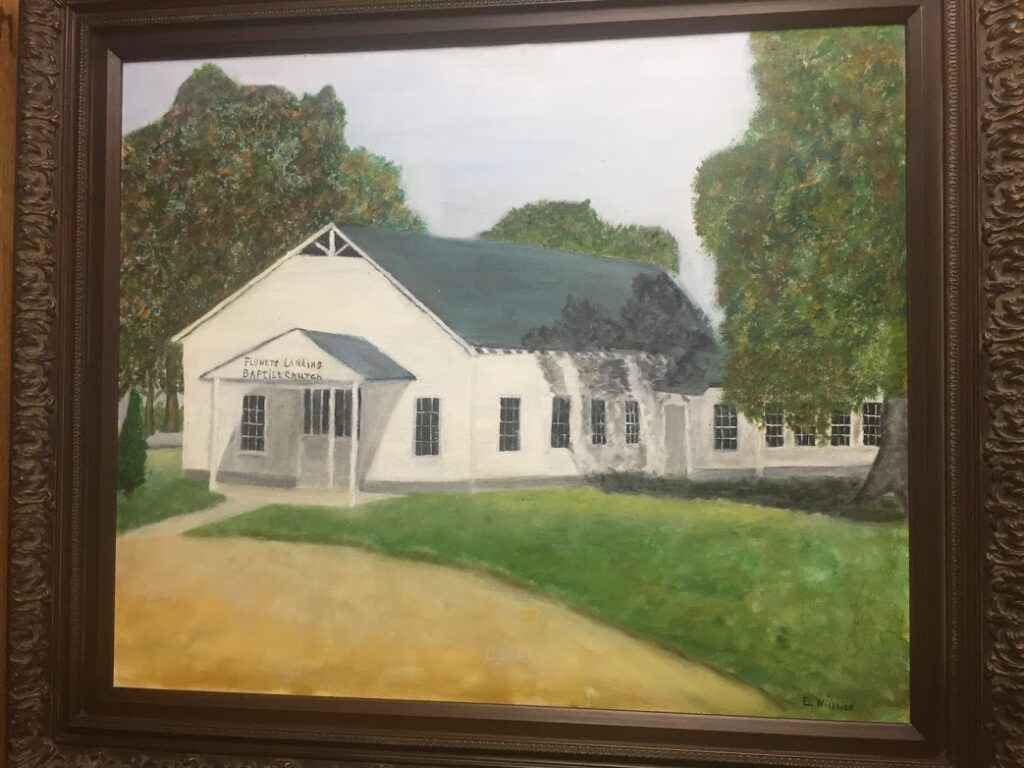
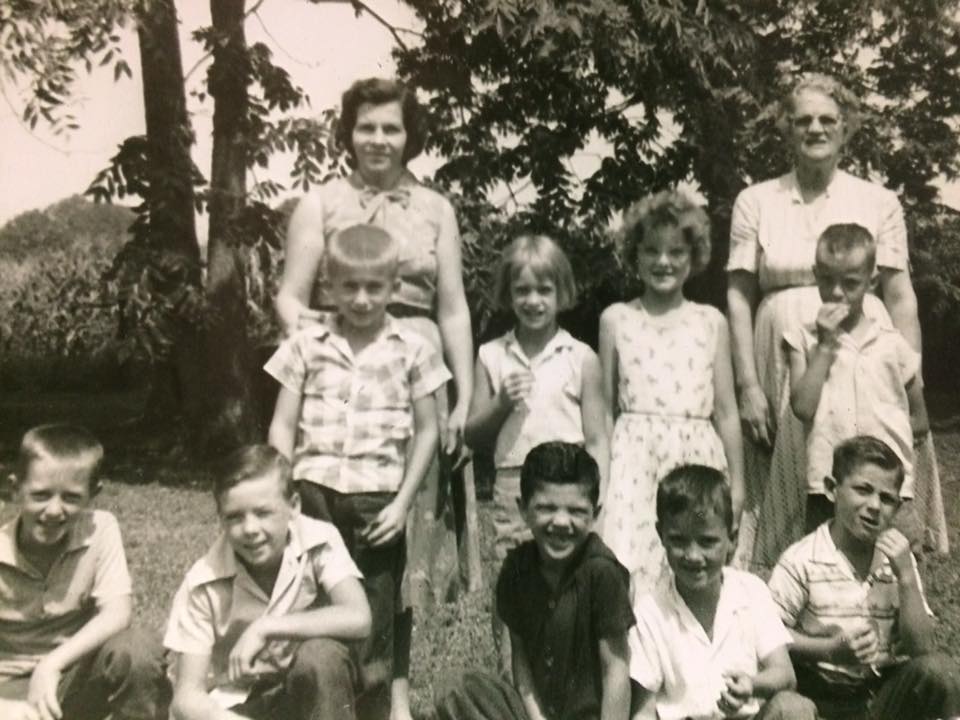
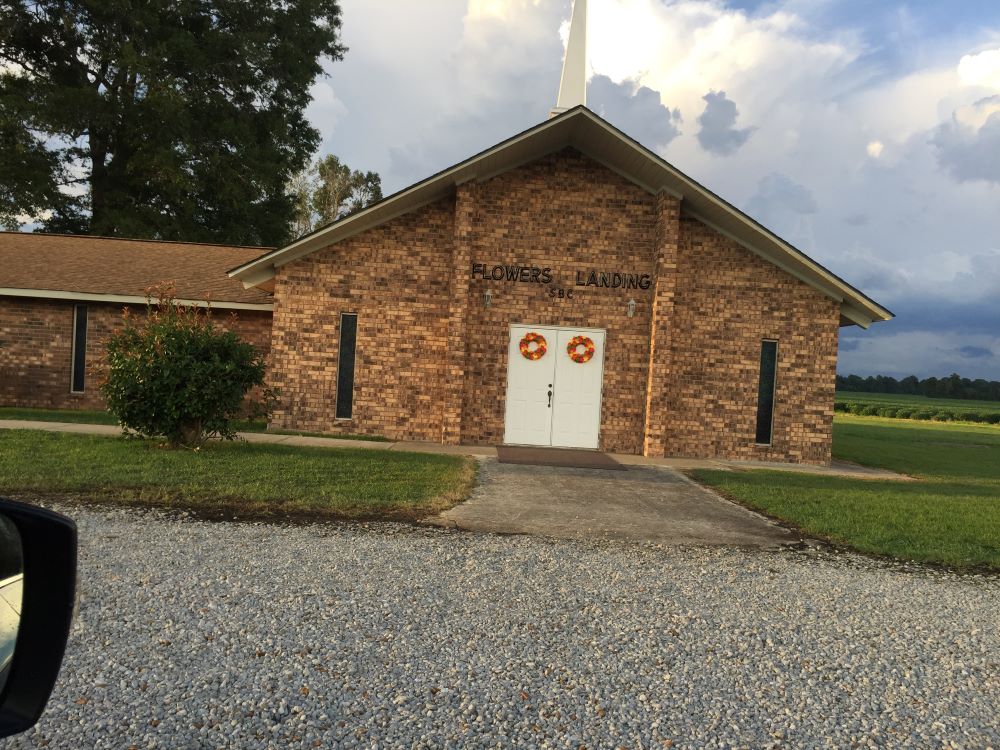

Beautifully done, Rosemary! Enjoyed reading this chapter.
I enjoyed reading every word and later in chapter brought back a lot of memories! Very good writing and will be waiting to read chapter 10. 🙏♥️🥰
Absolutely love that your doing this Rosemary. You’re doing a wonderful job with all the chapter so far..
This one takes me back to those carefree days as a kid, and all the simple fun we enjoyed growing across the road from the church!
Wonderful. Please put me on the list to buy your book when it is printed – can’t wait!
Rosemary Willhite Ford, that adult woman on the left side of the picture of the kids attending VBS in the 60’s is my momma, Ruth Williams, not Thelma Merritt. My daddy Charlie Williams was a deacon there for years until he died in 1971 and my mom was church treasurer for about 10 years. I’d love for them to be mentioned along with the list of other families that contributed to the growing of the church. Seeing the pic of my mom took my breath away, she was so beautiful. Also, she and some of the other ladies made all the cafe style curtains in the “dinner on the ground” room. I remember daddy helping to lay the square tile in there. Thank you for capturing this time in our life.
Thanks Martha, its been done!
I enjoyed reading this,Rosemary. It brings back memories of my childhood at Flowers Landing. I am glad you are writing the book so the Jim and Etta Willhite & family (and ours) heritage won’t be lost.
We went to church with Mrs. Willhite for many years, and one of my fondest memories was hearing her beautiful voice sing the alto parts during the congregational hymn singing. One of her favorites was “Kneel At The Cross”.
This is the most awesome thing I have ever read!! I am in awe of all this information. Brings back so many memories when we were all kids growing up on Tensas River. Man, those were the good ole days, we just didn’t know it at that time. Thanks for taking me back in time. LOVE IT !!! Keep up the good work!! Can’t wait for the next chapter.